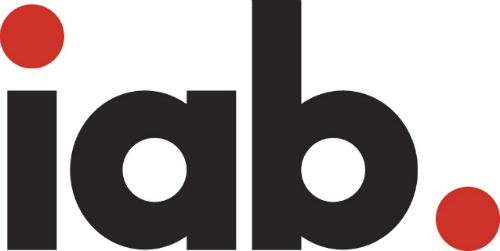The Interactive Advertising Bureau will release the first standard template for digital audio advertisements today, called the “Digital Audio Ad Service Template” (DAAST). The breakthrough standard was developed by an industry coalition organized by the IAB (the IAB Digital Audio Ad Serving Template Working Group). Working Group members include tech-media companies, ad-serving solution providers, measurement companies, ad networks, online music services, and radio groups.
The IAB is soliciting public comments until October 10. CLICK HERE for the PDF review document.
The purpose of DAAST is to promote a technical ecosystem in which advertisers, publishers, agencies, and consumer playback devices are aligned to coherently deliver and track streamed audio advertising. The standard specifies approved assets within an audio advertisement, including companion ads, “ad pods,” and skippable ads.
The DAAST standard has been in development for over a year, with a recent acceleration of the effort to solve fragmented technical solutions in the serving of audio ads in streams. Scott Cunningham, Vice President of Technology and Ad Operations at the IAB, told RAIN: “The conversations picked up steam about a year go, because, frankly, a lot of audio ad serving had been leveraging fast from a video perspective. It was clearly time to think in terms of growing the market around audio. It was appropriate to go after a specification that addressed audio as a stand-alone medium.”
RAIN spoke with Benjamin Masse, co-chair of the IAB working group. “DAAST provides the guidelines on what assets an ad should have. It brings standardization on how we synch a banner, how we serve audio — and most important, how we track delivery of the impressions. It makes transaction and afidavit on impressions much easier.” Masse is Senior Vice President and General Manager, Advertising, at Triton Digital.
“We had to come up with a recipe that would be accepted by all parties, including the advertisers,” Masse said. “When ads come through Winamp or iTunes, we need to count that ad as fully delivered, in a way that agencies trust.”
Both Benjamin Masse and Scott Cunningham emphasized the cross-screen attributes of the new template. “DAAST addresses players (like Winamp or iTunes) that are not browsers,” Masse told RAIN. “They do not support the tracking mechanisms built into browsers, so we came up with a standard of tracking delivery from a server-side perspective.”
Release of a new standard is a start, not a finish, setting the stage for future development, and — crucially — a timeline for education and adoption. Scott Cunningham told us that developing educational material is part of the rollout plan. “We’re developing educational training that might take the forms of webinars or videos for developers. Most standards are released as PDFs, which describe how to do something. We want to take it to the next level, so folks have a good bridge to implementation.”
When we asked Cunningham for his prediction of an adoption timeline, he apoke from experience. “We’ve seen that your larger companies go after it and start building it into the develop0ment cycle pretty quickly. That takes three to six months. Globally, it’s a 12-month adoption scenario, and it’s led by the larger companies.”
Benjamin Masse had a more general response: “The spirit is there; I hope the rollout of DAAST will be as fast as possible.”

